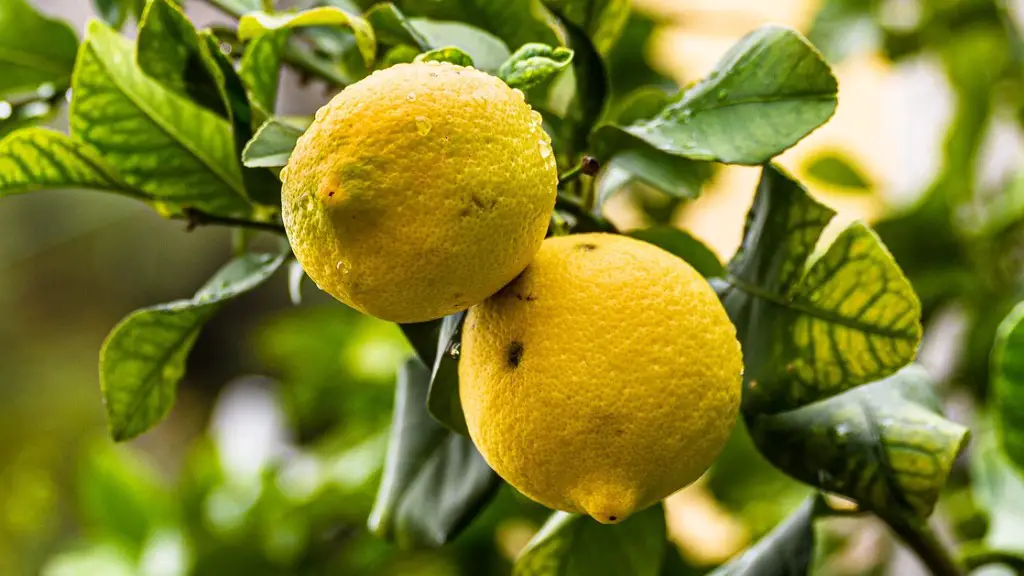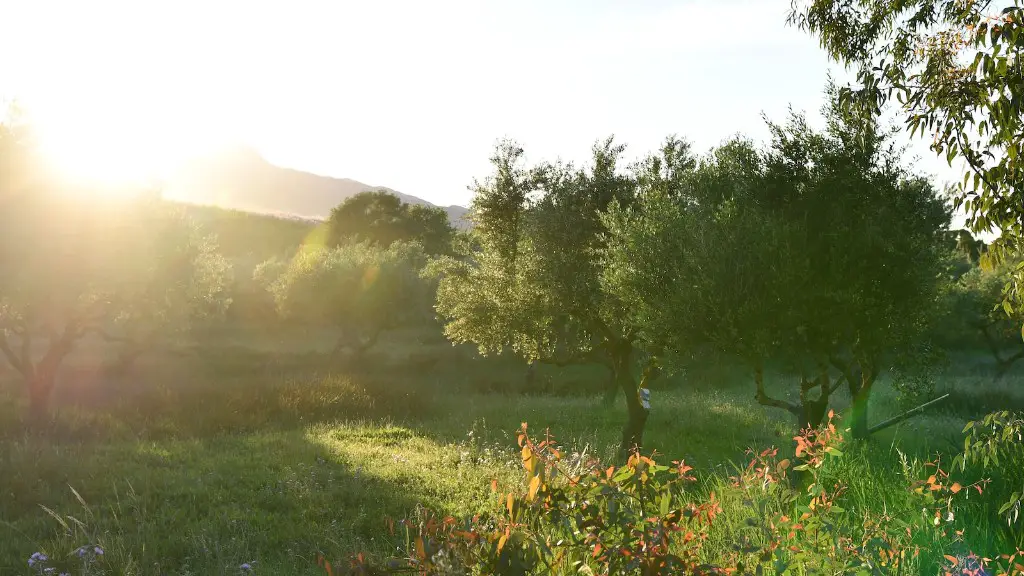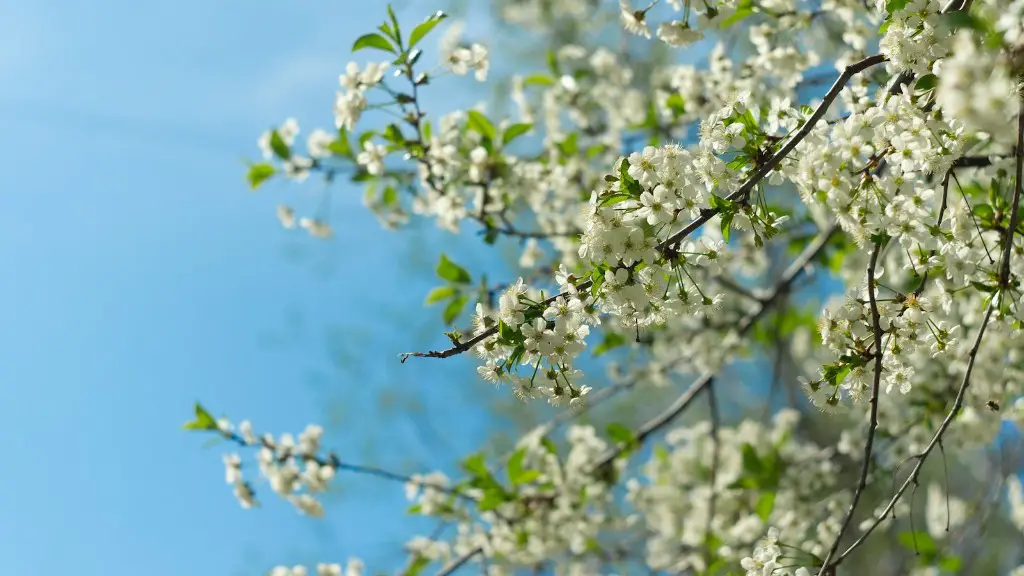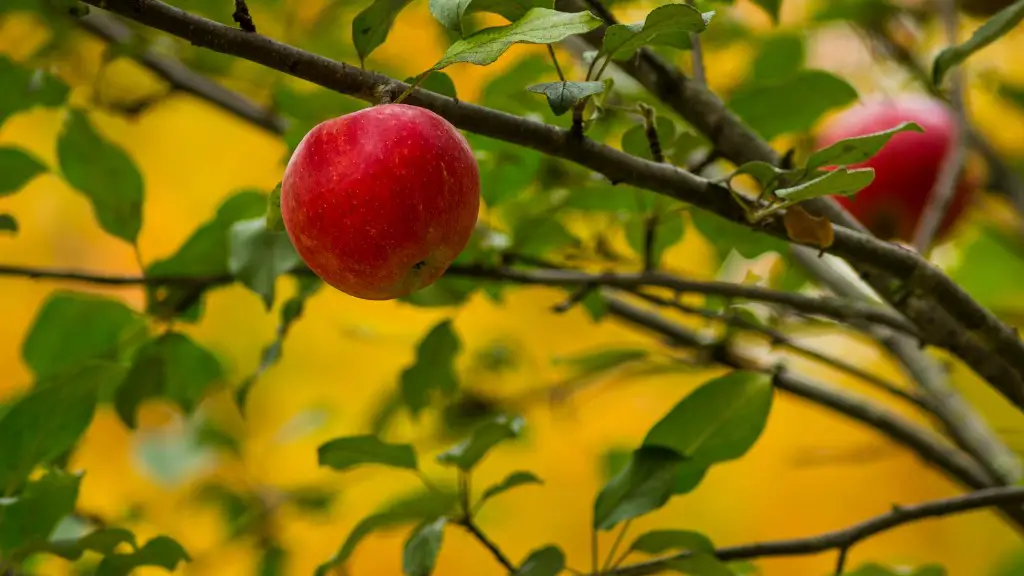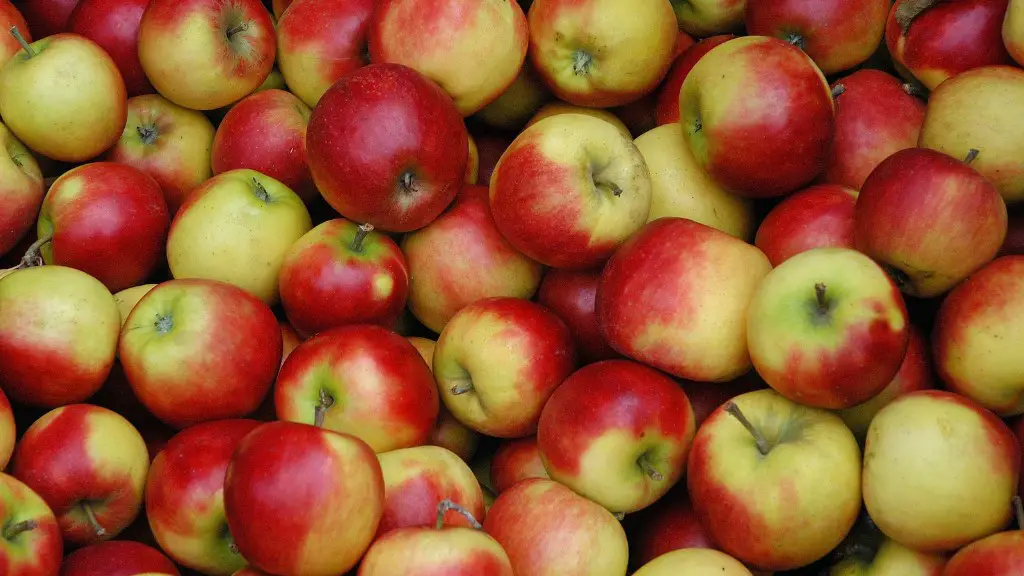The dwarf lemon tree is an increasingly popular garden addition, and rightly so.Standing at 3 – 6 feet in height, this tree is a great way for gardeners of all experience levels to get some lemons! But how tall does a dwarf lemon tree grow in comparison to regular citrus trees and how can gardeners nurture them to achieve optimal growth?
Factors that affect the height of a dwarf lemon tree
Plant size is determined by a variety of factors – from soil quality to weather conditions – and, as a result, a lemon tree’s height can fluctuate, indicating that dwarf lemon trees are hardy plants that are adaptable to a number of conditions. At its core, a dwarf tree is a variety of citrus that is artificially dwarfed, meaning it is kept small by pruning.
The size of the root system helps to determine the maximum height of a citrus tree, and so if you’re looking to keep a lemon tree as small as possible, then it’s worth opting for a rootstock that has small roots or large 5 gallon containers.
By reducing the root’s size you provide the dwarf lemon tree with a smaller home which, in turn, limits the plant’s access to the nutrients, water and air it needs to reach its full potential.Dwarf trees can also be kept in containers, meaning that gardeners can literally limit its size to a maximum height that suits their needs.
More experienced gardeners might also want to consider pruning their dwarf lemon trees as this can help to maintain its size.Alternatively, regular fertilizing can also encourage it to reach its maximum height potential and ensuring that the soil remains rich with organic material coupled with good drainage will help to achieve this.
The maximum height of a dwarf lemon tree
It’s worth noting that the maximum height of a dwarf lemon tree is generally much lower than the regular lemon tree – standing between 3 to 6 feet with a maximum of 10 feet.To encourage your tree to reach its maximum height potential, gardeners should bear in mind external factors such as adequate light and the general health of the root system.
Additionally, a regular fertilizing schedule can help dwarf lemon trees remain healthy and help them grow to their full size potential.Applying a slow-release fertilizer specially made for citrus trees is often recommended and should be done at least 3 times a year.It’s worth noting that if you’re living in a colder climate, then mulch can help protect the roots of your dwarf lemon tree during the colder months.
When it comes to pruning, dwarf trees need less pruning than regular lemon trees.Keep an eye on the vigor of your branch growth – if there’s too much pruning, then the tree can become weak.However, pruning the lower branches is important in order to promote proper shape and air flow, as well as to prevent disease.
When to plant a dwarf lemon tree
Whether you plant your dwarf lemon tree indoors or out, the ideal time to do so is when the weather is warm – April to June is the best period for this.Young trees will benefit from a thorough watering schedule for the first few weeks and month, depending on the soil and season, with water applied at least twice a week.More established trees will only need to be watered once per week, but check that the soil is still moist – if it’s not, then extra water is a must.
If you want to get the most out of your dwarf lemon tree, then you should ensure that it receives optimal sunlight – 6 hours per day is best.You might need to experiment to determine the right amount of sun your tree needs and moving it around, as well as adding a shade cloth where necessary, may help to regulate this.
How to care for and nurture a dwarf lemon tree
Caring for and nurturing your dwarf lemon tree to reach its optimum height involves a lot of careful observations.Watch it closely – the general state of the bark, leaves, stems and flowers can give you a good indication of its health. Additionally, keeping an eye on the amount of water, fertilizing and sunlight it receives will also keep your tree happy and allow it to reach it maximum potential.
It’s also important to remove and/or prune any dead or diseased branches from your tree in order to maintain its size – this will prevent any problems from spreading.Furthermore, checking for pests such as aphids and whitefly can help to keep your tree healthy and reduce any damage these insects may cause.
Finally, dwarf lemon trees need routine maintenance.Regularly check for signs of disease, water appropriately and use a diluted fertilizer or compost tea every couple of weeks to ensure your tree remains healthy and grows with vigor.
Extra tips to nurture a dwarf lemon tree
In addition to the standard care and maintenance, gardeners should take other steps to ensure their dwarf lemon tree remains healthy and reaches its optimum size. Firstly, provide the tree with plenty of nutrients – either through organic fertilizers or a compost-rich soil. Additionally, pruning your tree when necessary will help to keep it in shape, as well as encouraging new, healthy growth.
Another common practice is to spray citrus trees with a mixture of seaweed and fish emulsion. This prevents any potential damage to the plant caused by pests.It’s also important to rotate your dwarf lemon tree regularly as this helps encourage even growth, as well as preventing it from leaning in one direction.
For those in colder climates, winter protection is key – insulating your tree using burlap, for example, will help protect it from harsh winds and cold snaps.Finally, providing it with enough air circulation is important too – leave a few feet of space between the trees and ensure that there’s plenty of air flow around its leaves.
Harvesting a dwarf lemon tree
Once your dwarf lemon tree reaches maturity, you may begin to enjoy the fruits of your labor – it’s likely that the tree will produce between 10 and 20 fruits per season. It’s best to pick the lemon when the colour has just turned yellow and to leave any remaining fruit on the tree to keep it healthy. Finally, in order to get the most out of your tree, pick each lemon only when ripe – you can tell when they are ready by pressing lightly on its skin and watching to see if it springs back.
Insects and Diseases of a Dwarf Lemon Tree
In terms of insect problems, both aphids and whitefly are known to heavily affect lemon trees – regular monitoring for ants and these two insects is a must as they can cause considerable damage if not dealt with swiftly.When it comes to diseases, ‘gummosis’ is common in citrus trees and this can make the bark of your tree much softer and cause yellowing of leaves.Fortunately, there are chemical solutions available to help combat this.
Fungal problems can also affect dwarf lemon trees, the most notable of which being ‘citrus canker’.This can manifest itself as yellow spots on the leaves that soon become brown lesions, eventually leading to premature leaf drop.The main way to prevent canker is to keep the tree healthy, as this will make it less prone to fungal attack.
In some cases, you may also want to consider sterilizing your garden tools in order to prevent the spread of disease. Vinegar or alcohol works well for this, so it’s worth checking all your tools before they come into contact with your trees.
Conclusion
In conclusion, the dwarf lemon tree is an amazing addition to any gardener’s portfolio and with careful care and maintenance, it can be nurtured to reach its maximum potential.With the right soil and weather conditions, this citrus tree can reach heights of 3 to 6 feet with a maximum of 10 feet, making it a great way to get a taste of lemons in the garden.
